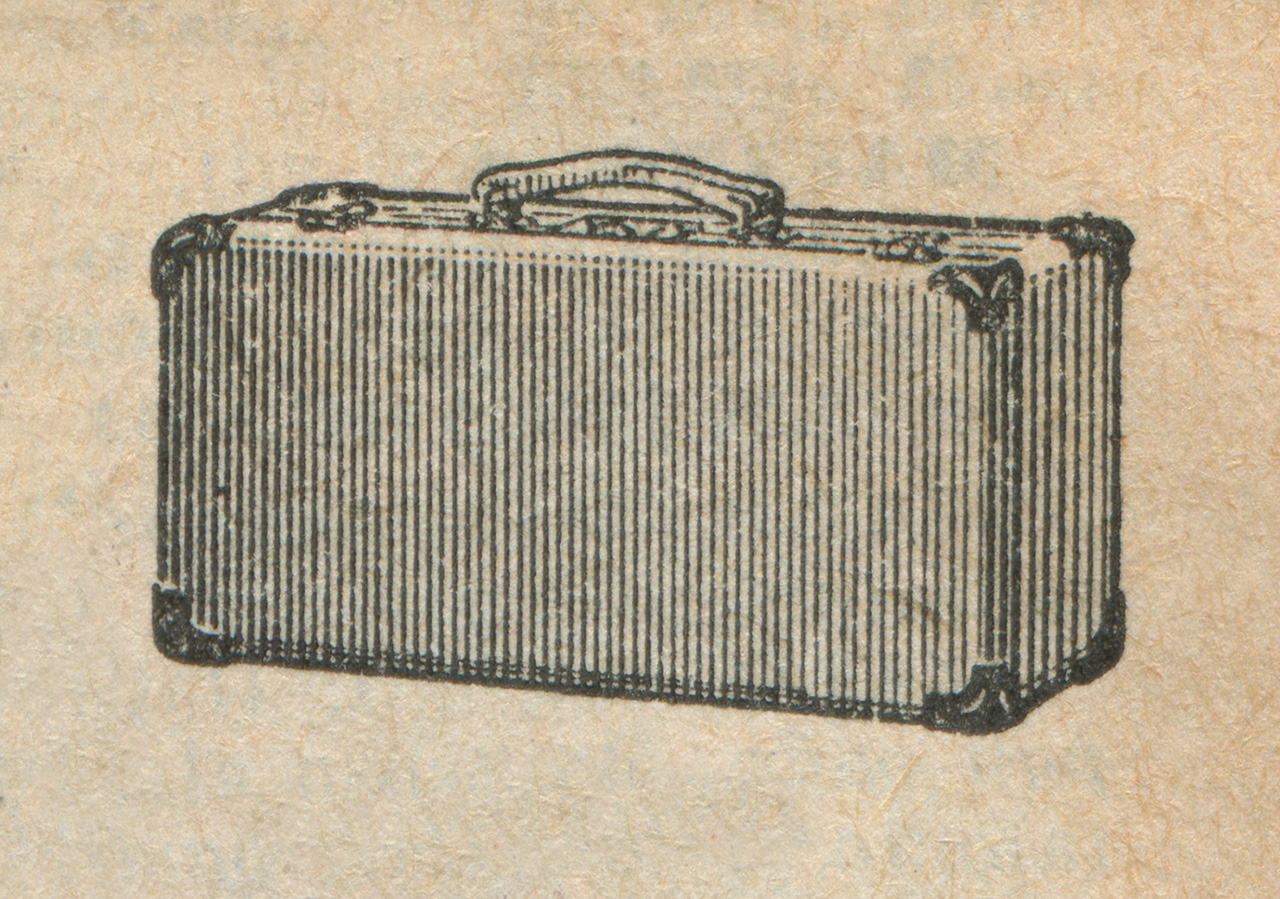Around Town


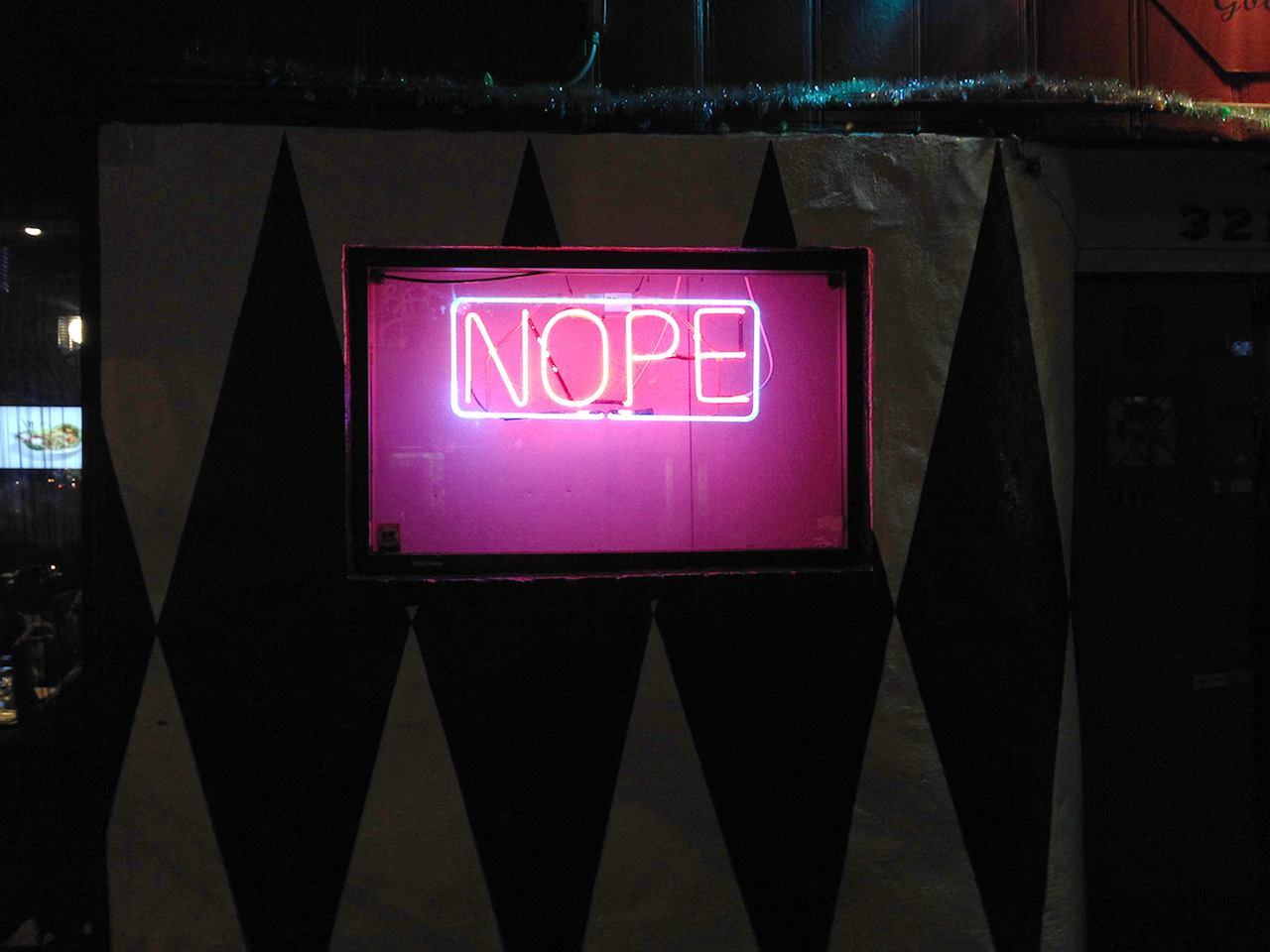



[Update, 6 Jan 2014: This entry has been picked up on Reddit and some other sites, so I feel I should elaborate more on some of my quips with Android. Additions have been noted below.]
I started familiarizing myself with Android design guidelines last month (for an update to a mobile app at my work). Prior to that I only had experience designing for iOS.
Overall I’m not impressed with anything about Android. The iconography lacks sophistication, the typography is derivative and there’s an overall lack of cohesion to the experience of the operating system. Android clearly feels like a system built and designed by engineers, not designers.
My perspective comes from using the Samsung Galaxy S3 and reading Google’s own Design Guidelines website.
It comes as somewhat of a relief that some of my favorite apps look/feel/work almost as good on Android as they do on iOS (Instapaper and Dropbox come to mind). The problem is, even when apps are great, the OS they live in feels clunky and poorly designed. It’s like driving a Porsche on horrible road in a rundown town.
Then we come to designing for Android.
For Apple’s iOS, this is the state of fragmentation across the various device types (via iDownload):
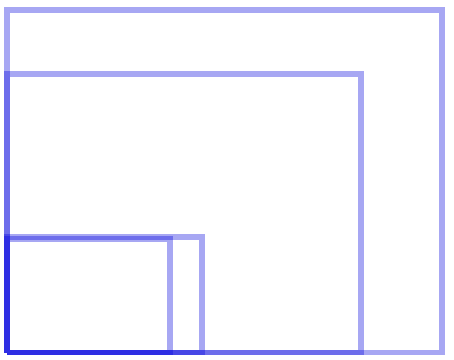
And here is Android’s clusterfuck fragmentation:
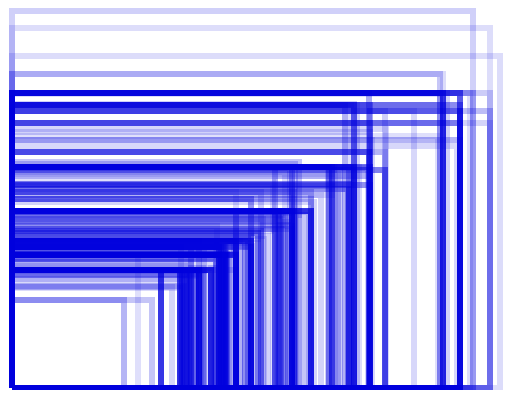
Update: When you have as many screen resolutions and dimensions as Android has, it becomes impractical to design for every one of them. What you end up doing then is picking a subset of resolutions and dimensions and designing for those. To use another car analogy, instead of designing perfectly tuned wheels for a few cars, you design a few that perform decently on a lot of cars. Better yet—it’s like designing 4 shirt sizes for people ranging from people who are 5′ 6″, 145 lbs to people who are 6′ 5″, 220 lbs. When use averages in design, you’re watering things down for common denominators. What we have with Android is an operating system that wants to have it’s cake (or whatever pastry is current) and eat it too. They want “open” with beautiful, strict design guidelines. The problem is, you can’t have both (maybe you can? I’d love to be proven wrong). Design still doesn’t seem to be as high a priority as it could be, even on Kit Kat (which is the best designed version of Android thus far, in my opinion).
To drive home how Google lacks taste and sophistication, you need to look no further that Google’s page for Kit Kit, featuring a cheesy cross-promotion with the Kit Kat candy bar. I appreciate the sense of humor they’ve woven into the nomenclature of the OS versions, but where’s the showcase for the actual operating system?
Whether you step back and look at the entire ecosystem of Android or closely examine to the user interface, iconography and typography, it’s just not fun to use, beautiful to look at or enjoyable to design for.
Craig Mod says goodbye to cameras in his New Yorker piece, and reflects on his love of film photography:
In late 2004, after graduating college, I scrounged together enough cash to buy my first real digital camera: the Nikon D70, which was almost identical to the 8008 except that, when the shutter opened, light hit an array of sensors rather than film. Even though that difference seemed small, the purchase made me nervous. I had developed hundreds, if not thousands, of rolls of black-and-white film in my badly ventilated, chemical-filled university apartment. Would I miss watching ghostly images appear from the silver halide salts, the sting of acetic acid on my hands and in my nostrils?
I stopped using film almost immediately. The benefits were too undeniable: results were immediately visible on the camera’s rear screen, and I could snap thousands of photos on a trip without worrying about fragile rolls of film, which were always an X-ray machine away from erasure. But the D70 was unromantic. It didn’t have the strangely alluring mechanical rawness of the 500C, while the shift to digital imaging disrupted the compartmentalized, meditative processes that had punctuated photography for the previous hundred and fifty years: shooting, developing, and printing. As anyone working in a creative field knows, the perspective gained by spending time away from work is invaluable. Before digital (and outside of Polaroids), photography was filled with such forced perspective. No matter how quickly you worked, it was common for hours–if not days, weeks, or longer–to pass between seeing the image through the viewfinder and reviewing it in the darkroom. Digital technology scrunches these slow, drawn-out processes together.
via Drewbot
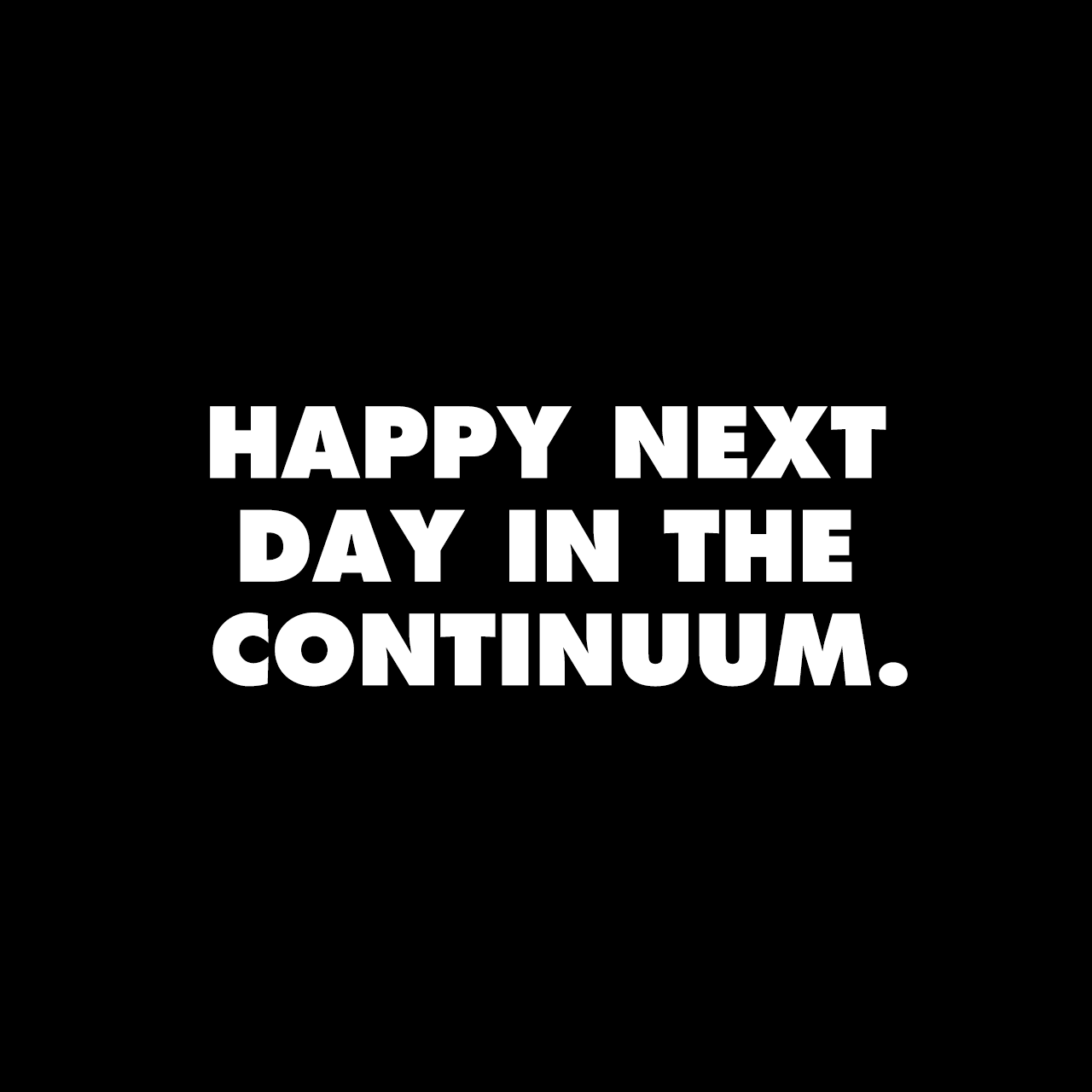
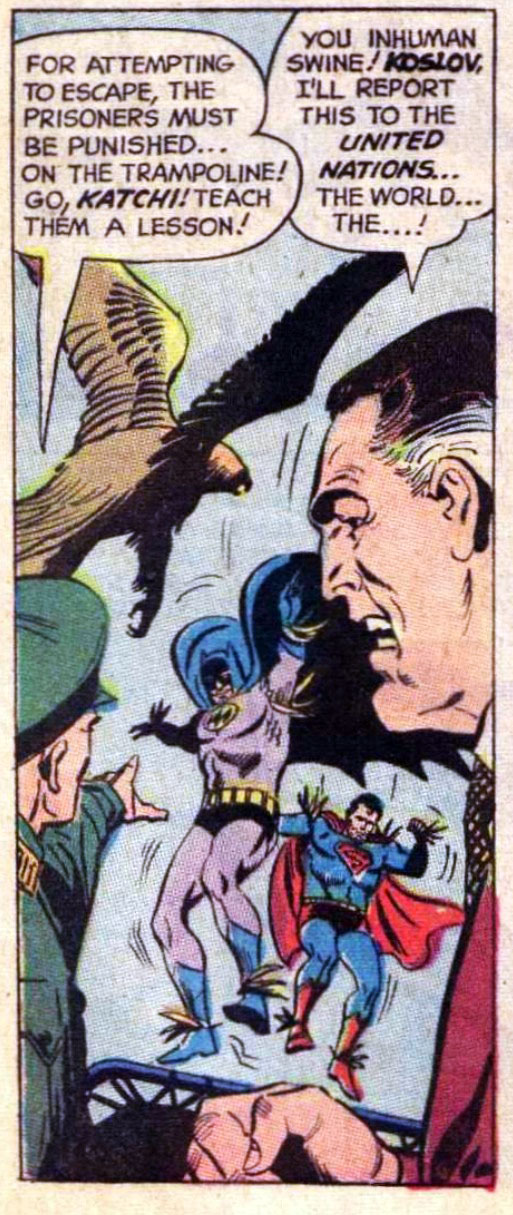
This is so much better if I withhold any context.
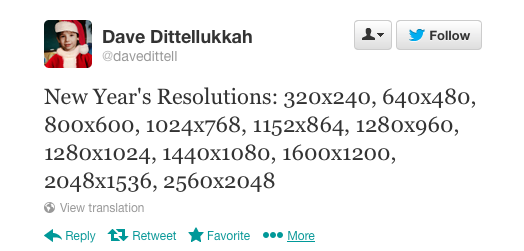
via Twitter
I’m not 25 years old anymore. I’m 36 and I don’t do freelance design projects anymore, I do projects for myself.
I’ll always give advice to friends and family when they ask for it (I’m not a complete asshole) but if what they need requires more than four hours of my time I kindly refuse to do it.
I’m at the point in my life where I’m doing things for my wife and I, and staying up all night after a day at the office to work on someone’s restaurant menu or website is not what I want to be doing. In 2012 I successfully funded a Kickstarter project which, coincidentally, kickstarted my re-entry into the world of print design and screen printing. That’s the shit I want to be working on when the weekend rolls around. You can see what I’m working on at The Combustion Chamber.
So I approach freelance project requests like The Wolf in Pulp Fiction: Call me if you’re in a pinch and you need to get out of that pinch.
While I was home yesterday, my wife and I watched Waste Land.
It was awesome.

Instead of an “About” page Malcolm Gladwell has a great disclosure statement on his site, where he goes off on fascinating tangents about his job at the New Yorker and that of a writer and speaker.
A good portion of the page describes the differences between being biased and having an opinion and how they affect or don’t affect the journalists and writers:
Do any of these opinions rise to the level of bias? I don’t think so. They don’t cohere in a single identifiable ideology. And they aren’t predictive, in the sense that they lead me inexorably towards writing in a pro-God, pro-Democratic, pro-choice, pro-gay marriage, pro-free trade, pro-higher taxes, anti-Iraq war kind of way. If you look at my articles, in fact, you’ll see that I rarely even write about the subject areas where I have the most strongly held opinions. What’s more, when I interview or profile people I don’t ask them for their opinions on these same subjects–so there’s very little chance for any conflict or agreement in our attitudes to become an issue. I should also say that, by the time you read this, any number of the opinions I’ve stated above may well have changed. That’s another important difference between biases and opinions. Biases are pretty stable. Opinions come and go.
Gladwell’s disclosure statement is pretty long, but well worth the time it takes to read it.
Awesome post by Neil Gaiman on where he gets his ideas from:
You get ideas from daydreaming. You get ideas from being bored. You get ideas all the time. The only difference between writers and other people is we notice when we’re doing it.
But as anyone who works in a creative field knows, ideas aren’t worth shit. It’s about execution:
The Ideas aren’t the hard bit. They’re a small component of the whole. Creating believable people who do more or less what you tell them to is much harder. And hardest by far is the process of simply sitting down and putting one word after another to construct whatever it is you’re trying to build: making it interesting, making it new.
Gaiman’s post is particularly interesting in light of The New York Times cover story on The Selling of Attention Deficit Disorder.
My poor grades and inability to focus in grade school and high school could have easily been enough to convince my parents I needed Ritalin to pay attention.
As it turns out, 14 years into my career as a web designer and artist, my ability to let my mind wander is one of my greatest strengths. I rely on my creativity to make a living.
To be clear—the work ethic and discipline I was taught by my parents and graphic design professors in college helped me counter-balance my wandering mind and harness my ideas.
An aimless mind without creative habits is useless.

—Samuel L. Jackson, Jackie Brown
AK-47 Inventor Mikhail Kalashnikov, dead at 94
